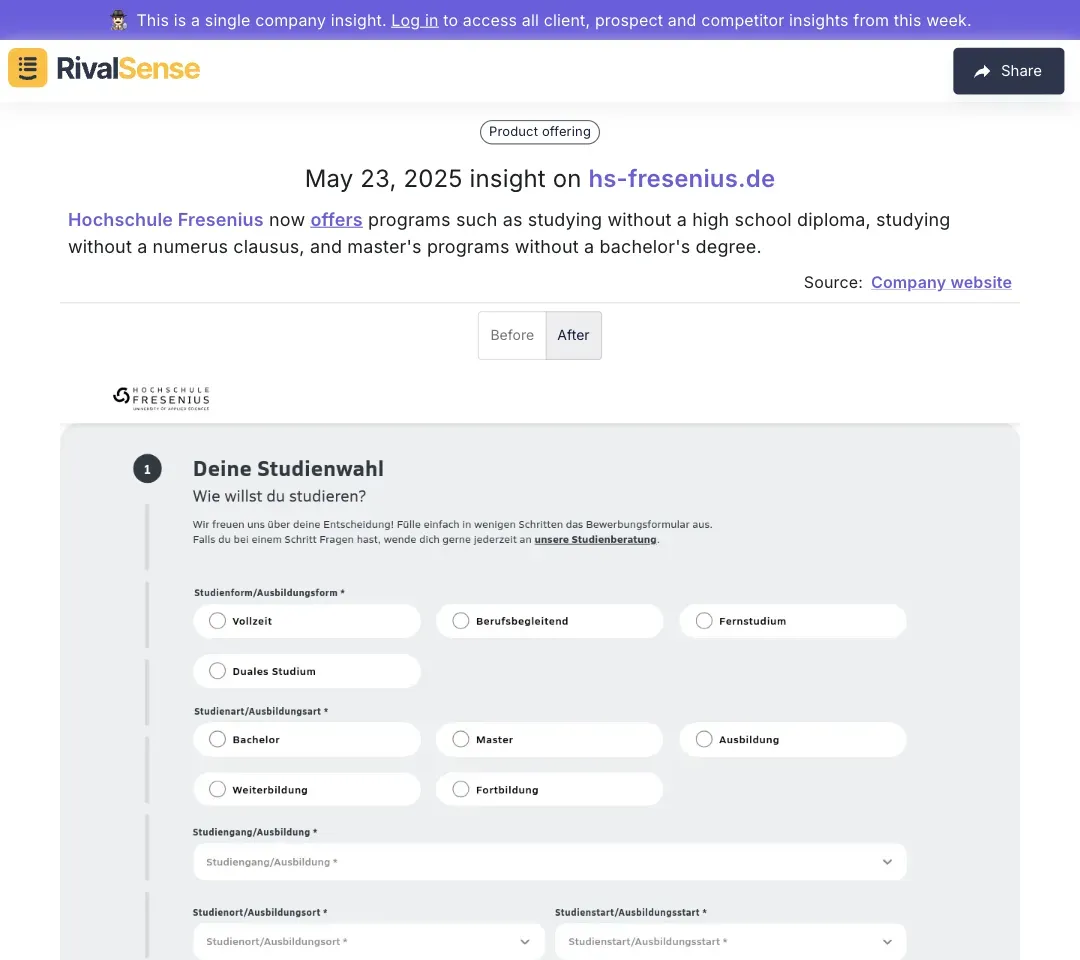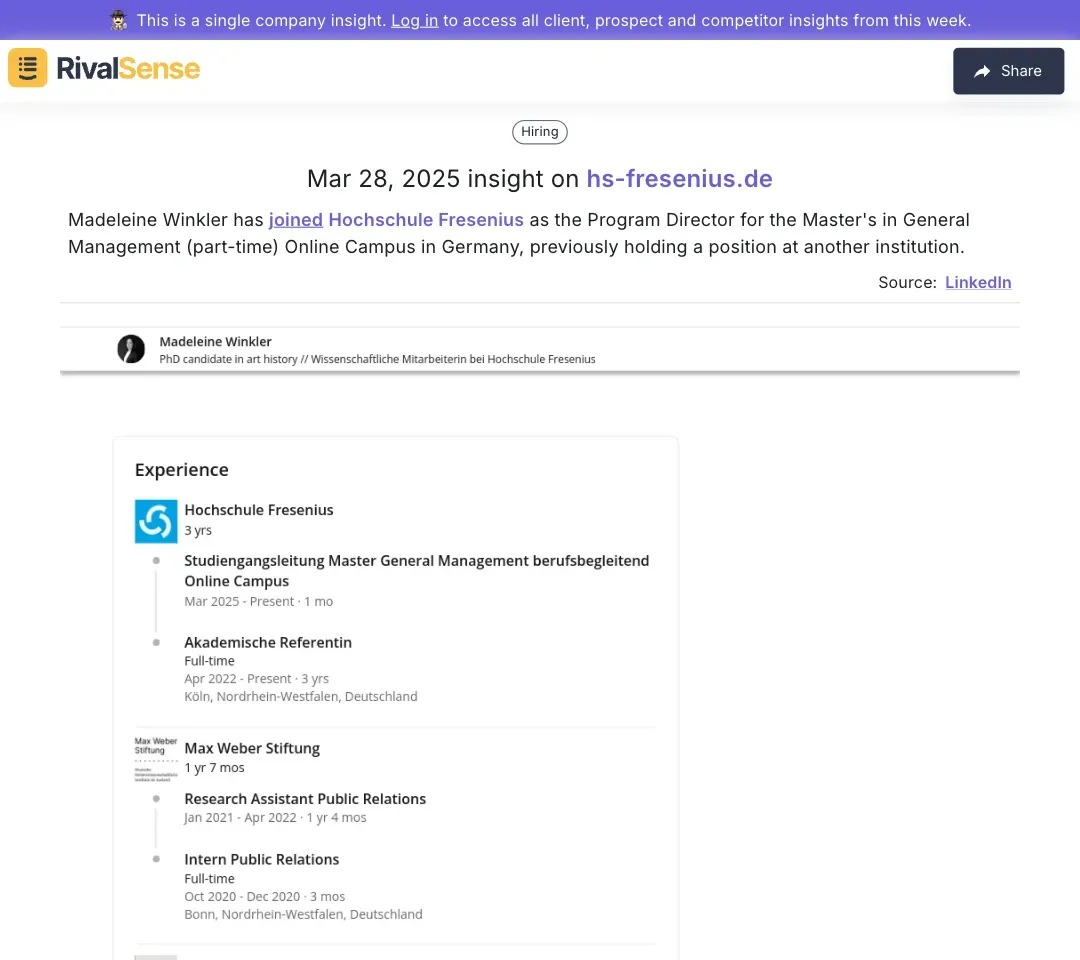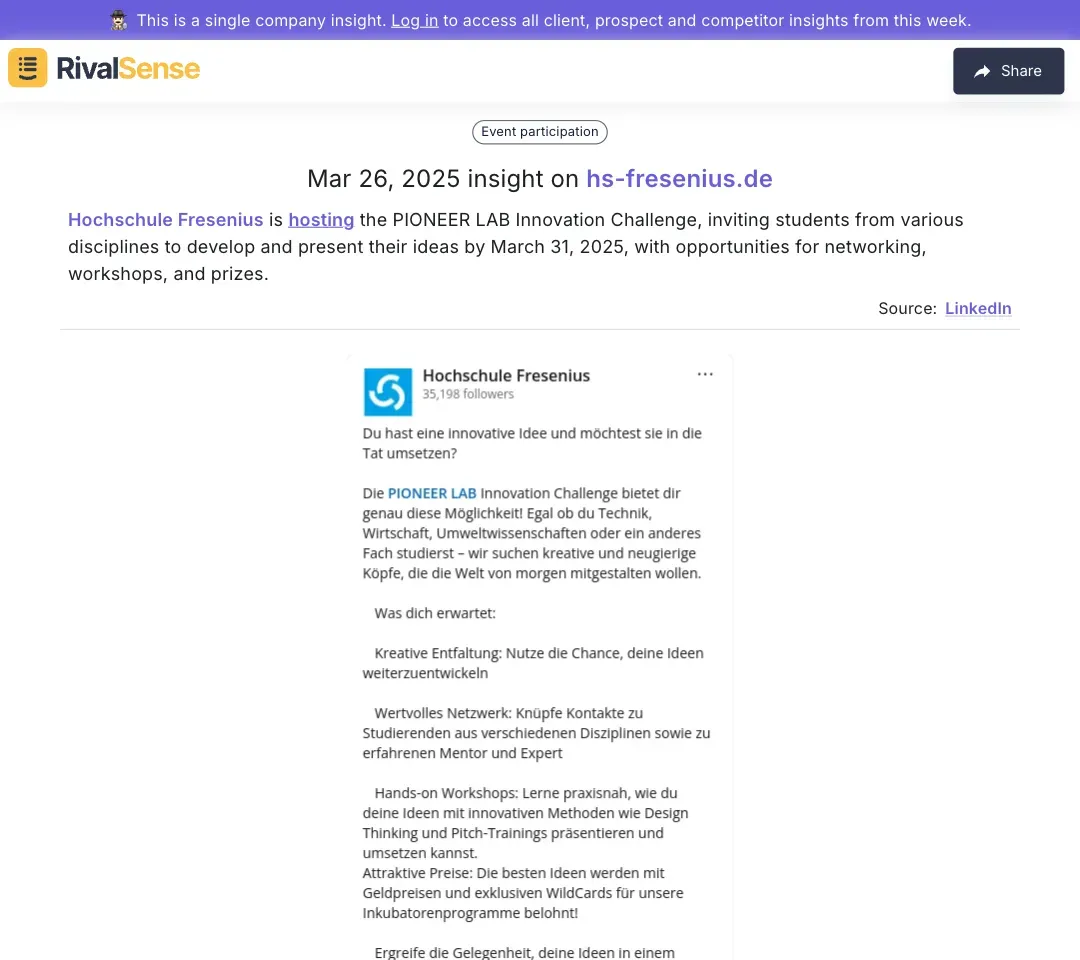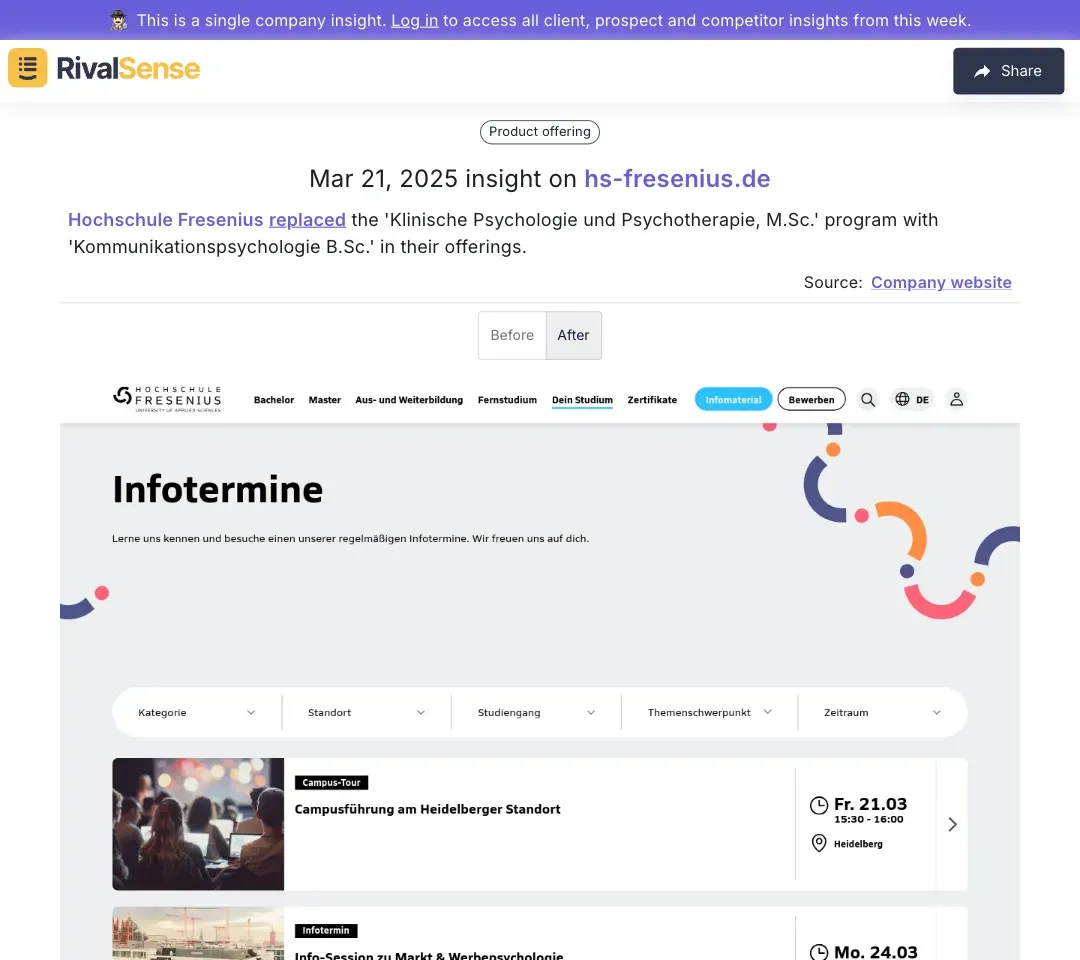Revolutionizing Higher Education: 4 Innovative Trends Breaking Barriers and Fostering Creativity
The higher education sector is undergoing a radical transformation, driven by shifting learner demographics, technological advancements, and evolving workforce demands. Institutions that proactively embrace these changes are redefining what it means to deliver value in modern education. Below, we explore four pivotal trends with actionable insights for educators and administrators.

1. Democratizing Access Through Flexible Admissions
Beyond Diplomas: Competency-Based Enrollment
Leading universities like Southern New Hampshire University and Western Governors University now offer:
- Prior Learning Assessments (PLAs) that grant credits for work experience
- Micro-credential stacking for degree eligibility
- Open enrollment tracks for high-demand fields like cybersecurity
Implementation Checklist:
✓ Conduct skills gap analysis for local industries
✓ Partner with MOOC platforms for prep courses
✓ Develop rubric for evaluating non-academic experience

2. Strategic Leadership in Digital Education
The Online Program Manager (OPM) Revolution
Top-performing online programs share three key investments:
- AI-powered learning platforms with real-time engagement analytics
- Faculty development programs for hybrid instruction (e.g., Cornell's Teaching Innovation Lab)
- Asynchronous credential systems using blockchain transcripts
Key Metrics to Track:
► 7-day course engagement rates
► Digital resource utilization patterns
► Employer satisfaction with graduate skills

3. Cross-Disciplinary Innovation Ecosystems
Building the Next Generation of Problem Solvers
MIT's Solve initiative and Stanford's d.school model demonstrate how to:
- Structure 8-week design sprints with industry mentors
- Integrate AR/VR prototyping labs into humanities curricula
- Implement venture funding pipelines for student startups
Success Blueprint:
» Align challenges with UN Sustainable Development Goals
» Host public demo days with investor juries
» Offer academic credit for patent filings

4. Agile Curriculum Development Frameworks
Skills-First Program Design
Pioneering institutions are using real-time labor market data to:
- Create stackable nanodegree modules (e.g., Google Career Certificates)
- Develop AI-assisted course sunsetting algorithms
- Implement quarterly industry advisory board reviews
Continuous Improvement Process:
- Monitor Burning Glass Technologies for emerging roles
- Analyze competitor program catalogs quarterly
- Pilot beta courses with corporate partners
Staying Ahead in the Education Revolution
As these innovations accelerate, strategic competitor intelligence becomes critical. RivalSense's automated tracking system helps institutions:
◉ Benchmark admission policy changes across peer organizations
◉ Analyze curriculum updates from 500+ global universities
◉ Receive alerts on new online program launches
Track Education Innovations Smarter → Get Your Free RivalSense Report
Updated insights as of 2025-05-23
📚 Read more
👉 How Top B2B Companies Outmaneuver Competitors: Pricing, Product, and Engagement Insights
👉 A Step-by-Step Framework for Analyzing Competitors’ Market Entry Strategies
👉 5 Common Pricing Strategy Mistakes Exposed by Competitor Tracking (And How to Avoid Them)
